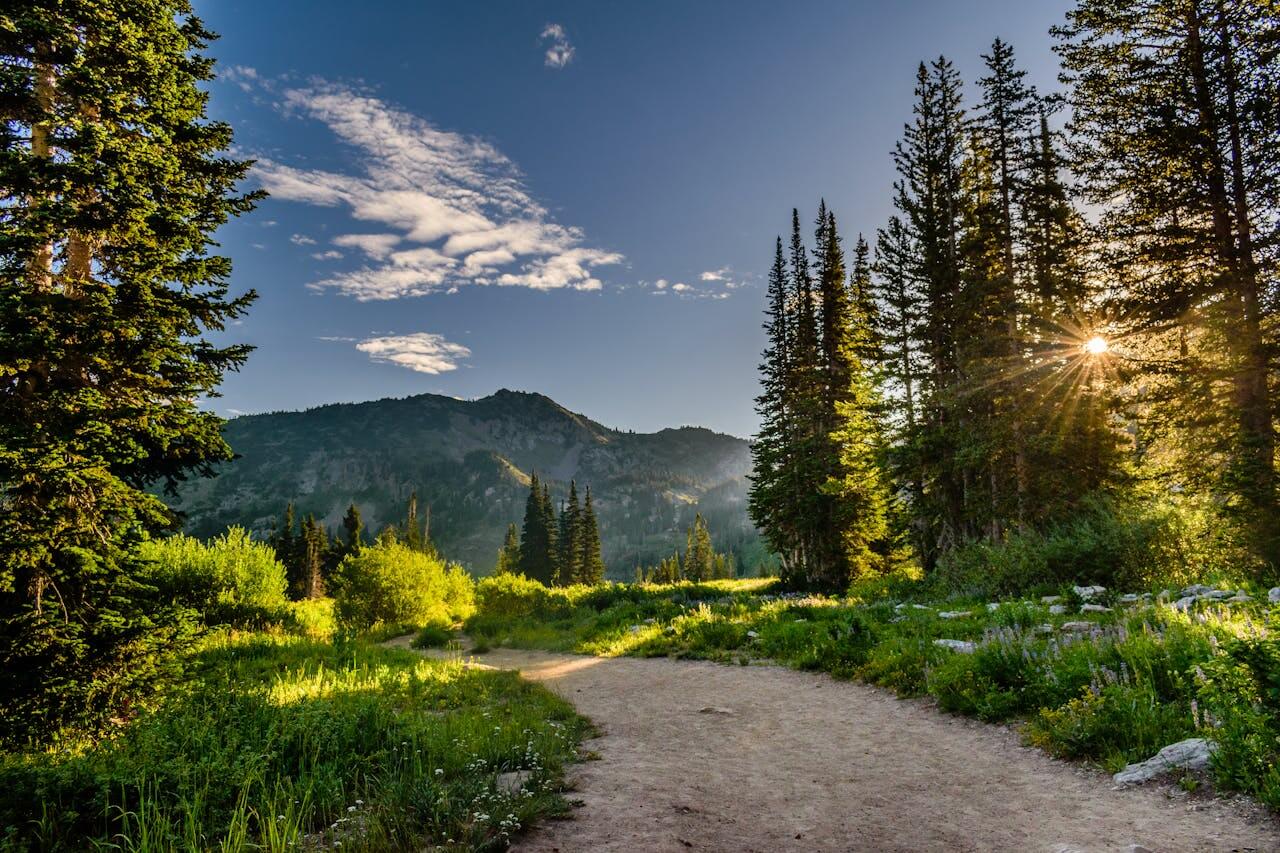Introduction: My Trusted Nature Photography Toolkit
Over years of exploring forests, mountains, coastlines, and changing seasons with my camera, I’ve tested countless tools and accessories. Some worked beautifully. Others… didn’t. On this page, I’ve collected the best nature photography resources that I personally recommend to help you improve your craft, simplify your workflow, and get the most out of every outdoor adventure.
Many of the links you’ll see on this page are affiliate links, meaning I may earn a small commission if you choose to purchase through them—at no extra cost to you. As an Amazon Associate, I earn from qualifying purchases. I only recommend products and resources I truly believe will make a difference in your photography journey.

Cameras and Lenses
Your camera and lens choice will shape how you see and capture the world. Whether you’re just starting or upgrading, here’s what to consider:
Entry-Level Cameras
For beginners, a lightweight mirrorless camera with interchangeable lenses is ideal. Look for models with good battery life, weather sealing, and intuitive menus.
Intermediate to Professional Setups
For more advanced photographers, a full-frame mirrorless or DSLR offers better low-light performance and dynamic range—crucial for early mornings, late evenings, and shaded forests.
Recommended Lens Types
- Wide-angle lenses (e.g., 16–35mm) for sweeping landscapes
- Telephoto lenses (e.g., 100–400mm) for wildlife and distant scenes
- Macro lenses for close-up shots of flowers, insects, and textures
My recommendation: Canon EOS R7 Mirrorless Camera
“A powerful, versatile mirrorless option that performs well for both landscapes and wildlife, especially in mid- to high-end budgets.”
Tripods and Stabilization
A solid tripod is one of the best nature photography resources you can invest in. It ensures sharp images, allows for creative long exposures, and supports composition in challenging light.
- Lightweight carbon-fiber tripods are perfect for travel and hiking.
- Heavy-duty aluminum tripods provide stability in strong winds or near waterfalls.
- Look for features like adjustable leg angles, quick-release plates, and a center column hook for added weight in unstable conditions.
For extra flexibility, consider mini tripods or clamp systems for macro and low-angle work.
Filters and Essential Accessories
Filters give you more creative control in-camera, often achieving effects that editing alone can’t match.
- Polarizing filters reduce glare from water and foliage, while deepening skies.
- Variable ND filters allow longer exposures in bright conditions, great for silky waterfalls or dramatic skies.
- Graduated ND filters balance exposure between bright skies and darker foregrounds.
A small lens cleaning kit, lens hoods, and rain covers are inexpensive accessories that can save a shoot in unpredictable weather.
Bags and Outdoor Gear
Carrying your gear comfortably and safely is essential in nature photography.
- Modular camera backpacks with customizable dividers keep your camera, lenses, and accessories organized.
- Lightweight daypacks work well for quick outings with minimal gear.
- Look for weather-resistant materials, rain covers, and comfortable straps for long hikes.
- Don’t overlook seasonal clothing and footwear—sturdy boots, gloves, and layers make a big difference when shooting outdoors.
Editing and Post-Processing Tools
Shooting is only half of the creative process. Editing brings your vision to life.
- Professional software like Lightroom and Photoshop offers comprehensive RAW editing, cataloging, and fine control.
- Free tools like Darktable or RawTherapee are excellent alternatives for budget-conscious photographers.
- Consider using presets or creating your own to maintain a consistent style across your portfolio.
Learning Resources and Inspiration
Skill growth is just as important as gear. These resources will help you refine your eye and technique:
- Photography books focused on composition, lighting, and nature subjects.
- Online courses covering landscape photography, wildlife techniques, and editing.
- YouTube channels and podcasts that break down real-world shooting scenarios.
- Workshops and guided tours for hands-on learning in the field.
Seasonal Gear Essentials
Different seasons demand different approaches. Some of the best nature photography resources are seasonal tools that keep you shooting year-round.
- Winter: spiked tripod feet, extra batteries, gloves with camera access, weather covers
- Summer: lightweight breathable clothing, hydration packs, sun hoods
- Spring & Autumn: waterproof boots, polarizing filters for saturated colors, modular layers for changing temperatures
For more in-depth advice, check out Seasonal Nature Photography Tips: Spring, Summer, Autumn & Winter.
Explore More on NaturePhotographyHD.com
Deepen your skills with these essential guides:
- The Ultimate Beginner’s Guide to Nature Photography (HD Edition)
- 12 Expert Wildlife Photography Tips for Capturing Nature in Stunning High Definition
- The Best Camera Settings for Landscapes, Forests, and Mountains
- Mastering Natural Light in Photography: Golden Hour, Blue Hour & Weather Effects
- Best Drones for Nature and Landscape Photography: A Complete Guide
- Macro Photography in Nature: Flowers, Insects, and More
- Editing Nature Photos Like a Pro: Free and Paid Tools
- Golden Hour vs. Blue Hour: When Nature Photos Shine
- Best Accessories for Nature Photography: Tripods, Filters, and Backpacks
- Seasonal Nature Photography Tips: Spring, Summer, Autumn & Winter
Amazon Affiliate Disclaimer
Some of the links on this page are affiliate links. As an Amazon Associate, I earn from qualifying purchases. This comes at no additional cost to you and helps support the site. I only recommend products and resources that I genuinely believe will help you grow as a photographer.

